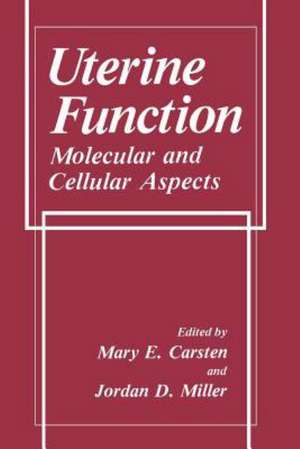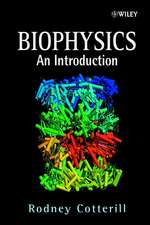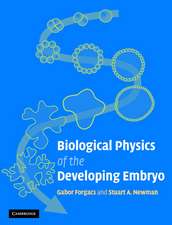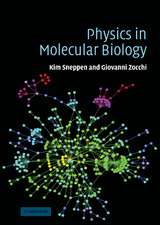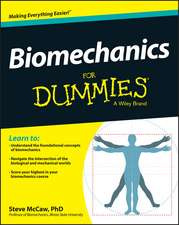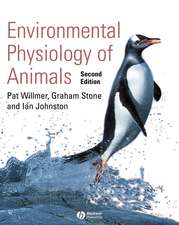Uterine Function: Molecular and Cellular Aspects
Editat de M.E. Carsten, J. D. Milleren Limba Engleză Paperback – 17 sep 2011
Preț: 387.02 lei
Preț vechi: 407.39 lei
-5% Nou
Puncte Express: 581
Preț estimativ în valută:
74.06€ • 77.52$ • 61.64£
74.06€ • 77.52$ • 61.64£
Carte tipărită la comandă
Livrare economică 31 martie-14 aprilie
Preluare comenzi: 021 569.72.76
Specificații
ISBN-13: 9781461278733
ISBN-10: 1461278732
Pagini: 632
Ilustrații: XXIII, 605 p.
Dimensiuni: 155 x 235 x 33 mm
Greutate: 0.87 kg
Ediția:1990
Editura: Springer Us
Colecția Springer
Locul publicării:New York, NY, United States
ISBN-10: 1461278732
Pagini: 632
Ilustrații: XXIII, 605 p.
Dimensiuni: 155 x 235 x 33 mm
Greutate: 0.87 kg
Ediția:1990
Editura: Springer Us
Colecția Springer
Locul publicării:New York, NY, United States
Public țintă
ResearchCuprins
1. Ultrastructure and Calcium Stores in the Myometrium.- 2. Uterine Metabolism and Energetics.- 3. Myosin Light Chain Phosphorylation in Uterine Smooth Muscle.- 4. Thin Filament Control of Uterine Smooth Muscle.- 5. Calcium Control Mechanisms in the Myometrial Cell and the Role of the Phosphoinositide Cycle.- 6. Calcium Channels: Role in Myometrial Contractility and Pharmacological Applications of Calcium Entry Blockers.- 7. The Role of Membrane Potential in the Control of Uterine Motility.- 8. ?-Adrenoceptors, Cyclic AMP, and Cyclic GMP in Control of Uterine Motility.- 9. Physiological Roles of Gap Junctional Communication in Reproduction.- 10. Molecular Mechanisms of Steroid Hormone Action in the Uterus.- 11. Oxytocin in the Initiation of Labor.- 12. Oxytocin Receptors in the Uteru.- 13. Regulatory Peptides and Uterine Function.- 14. Biosynthesis and Function of Eicosanoids in the Uterus.- 15. Pharmacological Application of Prostaglandins, Their Analogues, and Their Inhibitors in Obstetrics.- 16. Fetal Tissues and Autacoid Biosynthesis in Relation to the Initiation of Parturition and Implantation.- 17. Endocrinology of Pregnancy and Parturition.- 18. Circulation in the Pregnant Uterus.- 19. Effects of Obstetric Analgesia and Anesthesia on Uterine Activity and Uteroplacental Blood Flow.
